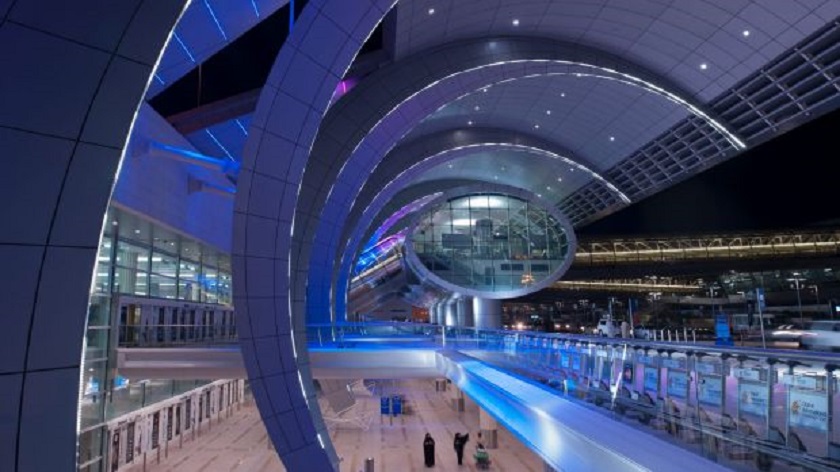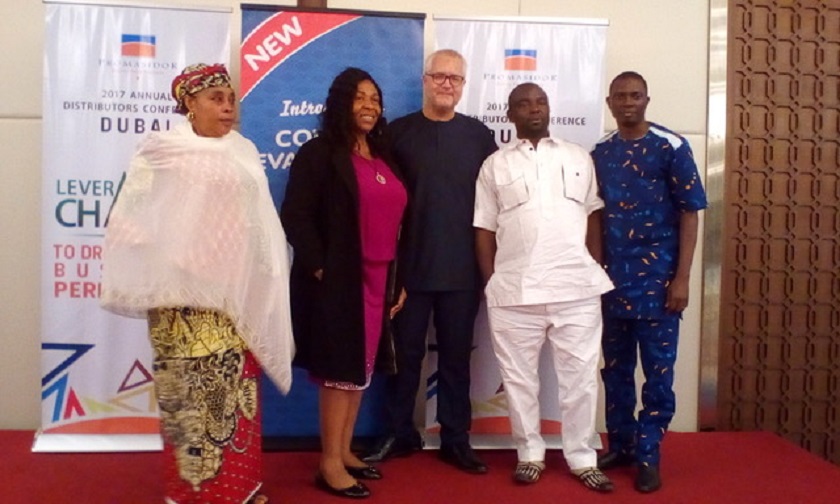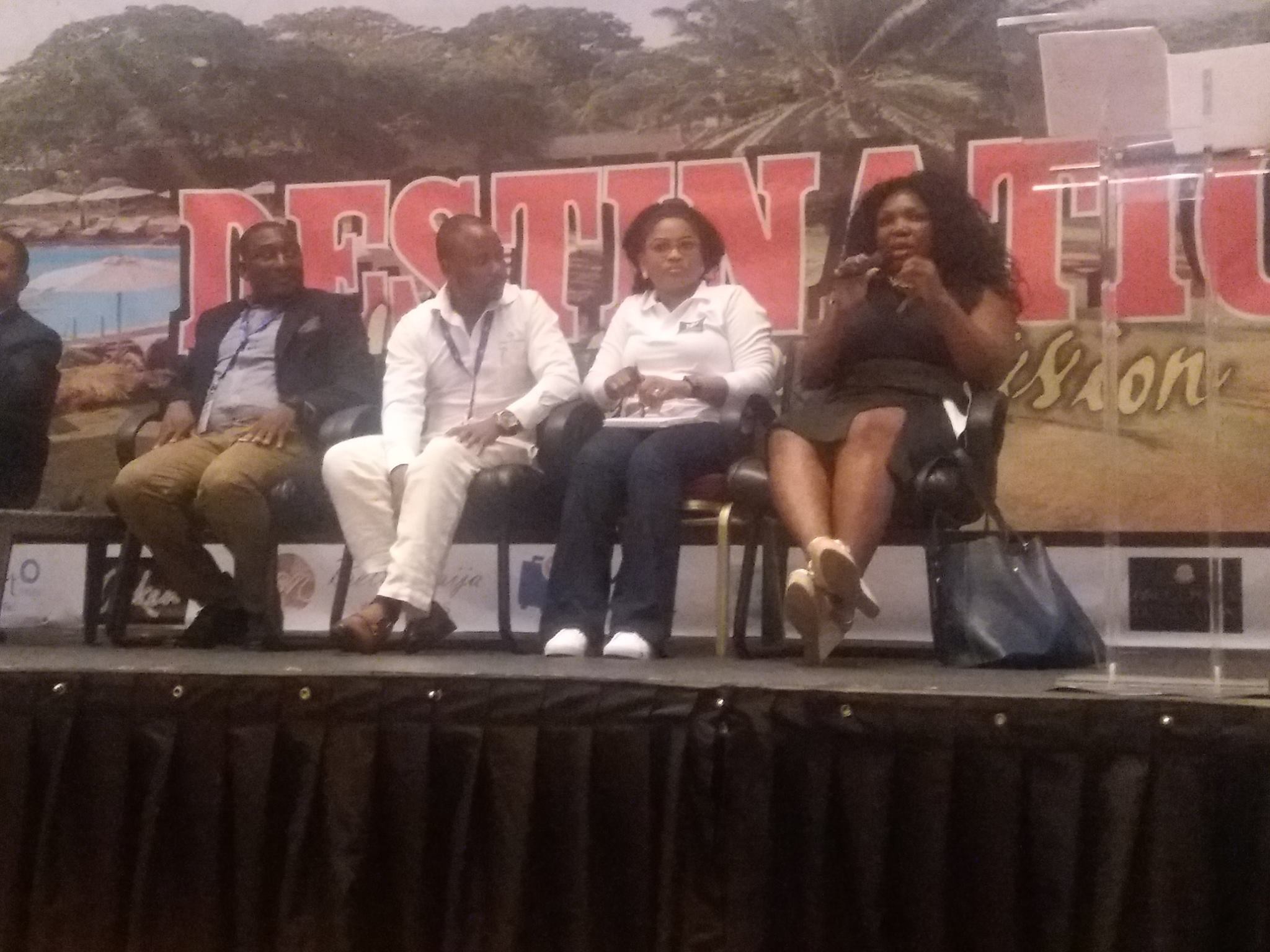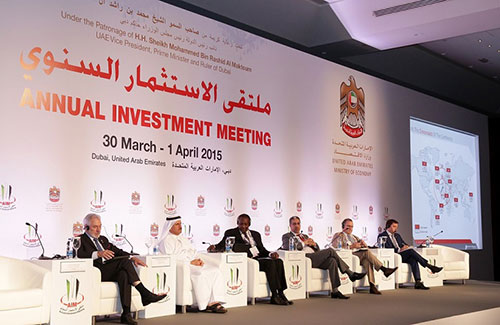Travel/Tourism
Dubai Moves to Become World’s First Most Visited City
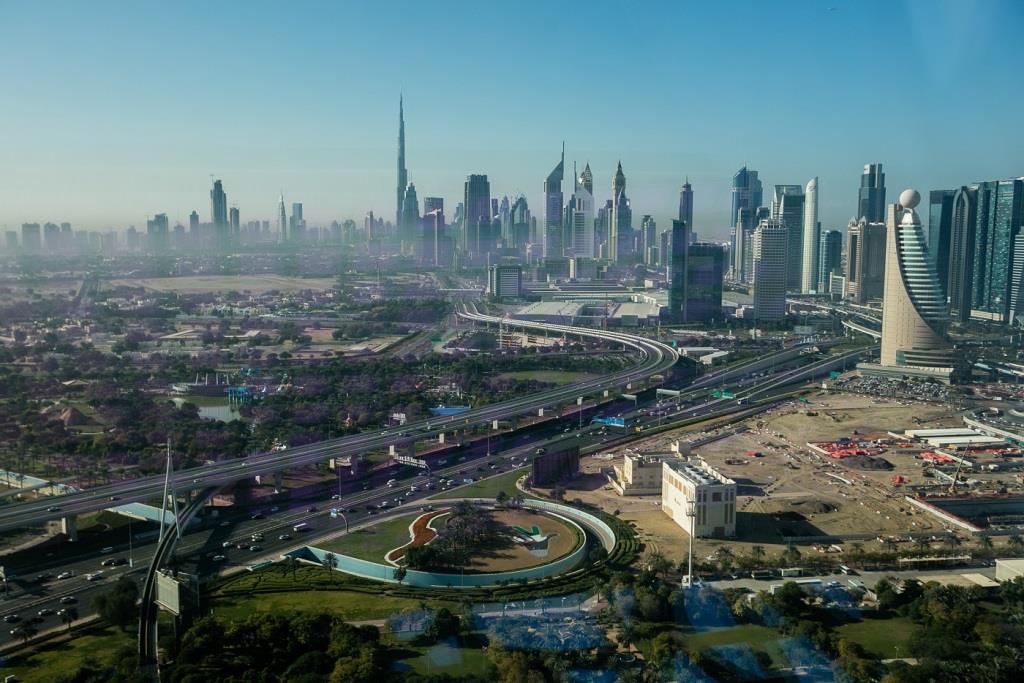
**Records 15.8m Int’l Overnight Visitors in 2017
By Modupe Gbadeyanka
Last year, Dubai recorded a strong 6.2 percent year-on-year increase in international overnight visitation, accelerating the 5 percent growth witnessed in the previous year and propelling the emirate’s momentum towards its 2020 goal of welcoming 20 million visitors per year by the start of the next decade.
According to the latest data published by Dubai’s Department of Tourism and Commerce Marketing (Dubai Tourism), a total of 15.79 million tourists visited Dubai last year, setting a new record for the emirate and underlining the sustained strength and resilience of its travel and tourism sector.
Commenting on the development, His Excellency Helal Saeed Almarri, Director General, Dubai Tourism, said: “Under the visionary leadership of His Highness Sheikh Mohammed Bin Rashid Al Maktoum, Vice-President and Prime Minister of the UAE and Ruler of Dubai, the emirate has continued to capture the share of the global outbound travel market, complemented by a significant increase in tourism-driven economic contribution to the country’s GDP.
“Our strong 6.2 percent growth in 2017 has allowed us to ramp up the pace towards meeting our 2020 targets, and we remain confident that our performance, backed by the continued strength of our partnerships across government and private sector stakeholders, will enable us to successfully attain our goals of becoming the number one most visited city as well as being the most recommended with the highest number of repeat Dubai loyalists.”
India retained top spot in 2017, contributing 2.1 million visitors, becoming the first country to cross the 2 million mark in a single year.

The country’s performance represented a 15 percent year-on-year increase and validated, among other factors, the success of Dubai Tourism’s ongoing collaboration with Bollywood superstar Shah Rukh Khan in the multi award-winning #BeMyGuest campaign.
The Kingdom of Saudi Arabia (KSA) maintained its second rank, contributing a total of 1.53 million tourists last year, maintaining its position as the highest driver of traffic volumes from within the Gulf Cooperation Council (GCC).
Third-placed UK, meanwhile, delivered 1.27 million travellers, rising 2 percent over 2016, underscoring Dubai’s enduring popularity among British travellers.
Impressive results from some of Dubai’s remaining top 10 source markets for inbound tourism included fifth-placed China with 764,000 tourists, up 41 percent while eighth-placed Russia with 530,000 visitors, recording a stellar 121 percent increase over the previous year.
Both markets benefited from easier access following the introduction of visa-on-arrival facilities to Chinese and Russian citizens in late 2016 and early 2017, respectively.
With increased contributions also from the USA, Germany and Iran, at 633,000, 506,000 and 503,000 visitors respectively, collective gains across all of these markets helped mitigate the decline in visitation observed from some of the regional markets like Oman and Pakistan.

Western Europe replaced the GCC as Dubai’s main regional source market with a 21 percent share, contributing more than 3.2 million travellers, up 5.5 percent.
Although last year’s top performer ended 2017 in second place, the GCC region still maintained a high share of volume at 19 percent, delivering an overall 3.02 million travellers to Dubai. This 4 percentage point decline in GCC share was, however, effectively countered by year-on-year increases in tourist volumes from all other regional source markets except Australasia.
The South Asia region, in third place, contributed an 18 percent share of over 2.8 million visitors, up a strong 10.6 percent, followed by the Middle East and North Africa (MENA), and North and South-East Asia regions in joint fourth position, each contributing close to 1.7 million visitors and independently commanding 11 percent share, the former recording a 3.2 percent increase and the latter, an impressive 23.6 percent over 2016 visitation figures.
Underscoring the successful delivery of its diversified market strategy, Dubai’s regional mix saw the biggest year-on-year gain of 51.8 percent from the Russia, CIS and Eastern Europe block, contributing more than 1.1 million visitors and representing a share of 7 percent; the Americas with a 6 percent share made up of just under 1 million visitors, up 7.7 percent; the Africa region with a 5 percent share made up of more than 780,000 travellers, up 6.7 percent; and finally Australasia countries with a 2 percent share of overall volumes, with a total of just under 340,000 visitors.

Supporting the city’s priority agenda to always offer something new, unique and world-class to every global traveller, 2017 saw further strides made in broadening Dubai’s appeal to a wide spectrum of visitors.
The city’s newest beachfront district, La Mer, opened to provide families with a new hotspot for dining, playing and unwinding, while Etihad Museum was inaugurated to give the culturally curious an enriching overview of the birth of the United Arab Emirates and the fathers of the nation.
Meanwhile, Dubai’s new era of live entertainment saw yet another boost with the inauguration of La Perle, the region’s first resident theatrical show, performed in a state-of-the-art aqua theatre in Habtoor City.
Dubai’s major theme parks – IMG Worlds of Adventures and Dubai Parks and Resorts (DPR) had their first full year of operations in 2017. And continuing to enhance Dubai’s attractiveness as a global shopping destination following its launch in December 2016, Dubai’s Retail Calendar saw both traffic and engagement across the 12 months of shopping-related festivals, promotions and seasonal offer periods, mega-sales and clearance events, exclusive retail experiences and activations.
Among the openings towards the end of the year were Dubai Frame and Dubai Safari. New destination offerings coming online in 2018 include sections of the Dubai Historic District, giving visitors an immersion into the rich history of the emirate, glimpses of how people used to live and work, and traditions and customs that remain to this day. To add to the mix is UAE’s first national park, Al Marmoum, which launched at the beginning of 2018, providing an opportunity for tourists to interact, learn and appreciate the wildlife flora and fauna of the emirate. With more options for visitors, combined with key fundamentals and the UAE’s status as the second ranked country globally for safety and security, according to the World Economic Forum’s Travel and Tourism Competitiveness Report, a firm path has been set for further growth in visitation numbers.
Travel/Tourism
FG to Introduce Biometric Single Travel Emergency Passport 2026
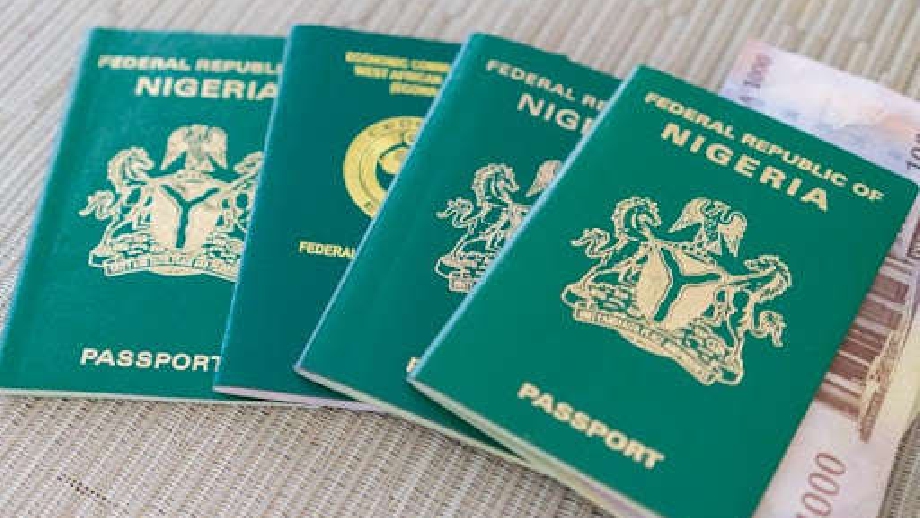
By Adedapo Adesanya
The federal government has announced plans to introduce the new biometric emergency travel document, the Single Travel Emergency Passport (STEP), by 2026 as part of reforms aimed at modernising Nigeria’s immigration processes and strengthening border security.
Initially revealed in November, the Comptroller General of the Nigeria Immigration Service (NIS), Mrs Kemi Nandap, speaking on Monday in Abuja during the decoration of 46 newly promoted Assistant Comptrollers of Immigration (ACIs) to the rank of Comptrollers of Immigration, said the proposed STEP would replace the current Single Travel Emergency Certificate (STEC) and is designed to enhance efficiency, security, and global acceptability of Nigeria’s emergency travel documentation.
She explained that the new emergency passport would be biometric-based and deployed through alternative, technology-driven platforms to ensure seamless service delivery.
“I’m looking forward to embracing 2026, which will also be part of all the reforms we’re doing to ensure that we optimise our services, in terms of visas, passport production lines and our contactless solutions,” she said.
The NIS boss noted that the STEP is one of several technology-driven innovations being rolled out by the Service to improve operational efficiency and meet its constitutional mandate.
She also highlighted the recent introduction of the ECOWAS National Biometric Identity Card (ENBIC), describing it as a critical step towards seamless regional integration and secure cross-border movement within West Africa.
“We want to ensure that our processes are seamless. The STEP, which we are going to launch early next year, is another key programme that will further strengthen our service delivery,” Nandap added.
The Comptroller General charged the newly decorated officers to demonstrate heightened vigilance, professionalism, and integrity, particularly in light of Nigeria’s prevailing security challenges.
“Your decoration today symbolises the trust reposed in you and carries with it expectations of enhanced leadership, sound judgement, accountability and exemplary conduct,” she said.
Mrs Nandap stressed that officers at senior levels must combine professional competence with strong leadership qualities, including clarity of vision, decisiveness, empathy, and the ability to mentor and inspire subordinates.
“Considering the current security challenges our nation faces, we must remain vigilant and unrelenting in the fight against multifaceted threats. Your actions will set the tone and reflect the core values and reputation of this Service,” she warned.
She reaffirmed the Service’s zero tolerance for indolence and unprofessional conduct, urging officers to embrace innovation, adapt to emerging challenges, and place the interest of the NIS above personal considerations.
Travel/Tourism
Moving to France After Retirement: What You Need to Know First
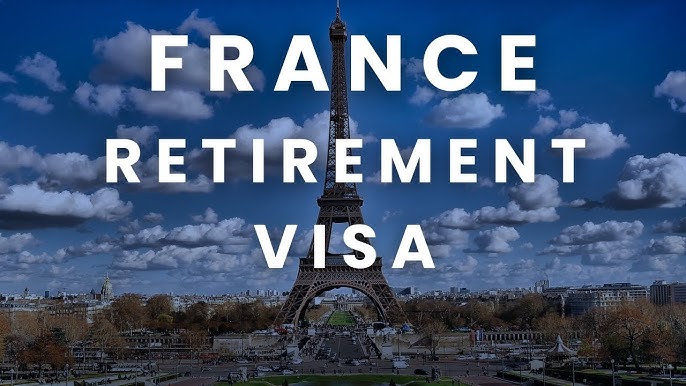
The idea of spending retirement in France comes up often — sometimes because of the climate, sometimes because of the healthcare system, and sometimes simply because of the way everyday life is organised there. But once the initial appeal fades, a practical question usually follows: under what conditions can a retiree actually live in France legally?
The short answer is: it’s possible.
The longer answer requires a closer look.
No “retirement visa,” but a workable solution
Unlike some countries, France does not offer a dedicated retirement visa. This often comes as a surprise. In practice, however, most retired foreigners settle in France under the long-stay visitor visa — a residence status that is not tied to age or professional background.
The logic behind it is straightforward: France allows people to live in the country if they do not intend to work and can support themselves financially. For this reason, the visitor visa is used not only by retirees, but by other financially independent residents as well.
Income matters more than age
When an application is reviewed, age itself is rarely decisive. Financial stability is.
French authorities do not publish a fixed minimum income requirement. What they assess instead is whether the applicant has sufficient and reliable resources to live in France without relying on public assistance. This usually includes:
- a state or private pension;
- additional regular income;
- personal savings.
In practice, the clearer and more predictable the income, the stronger the application.
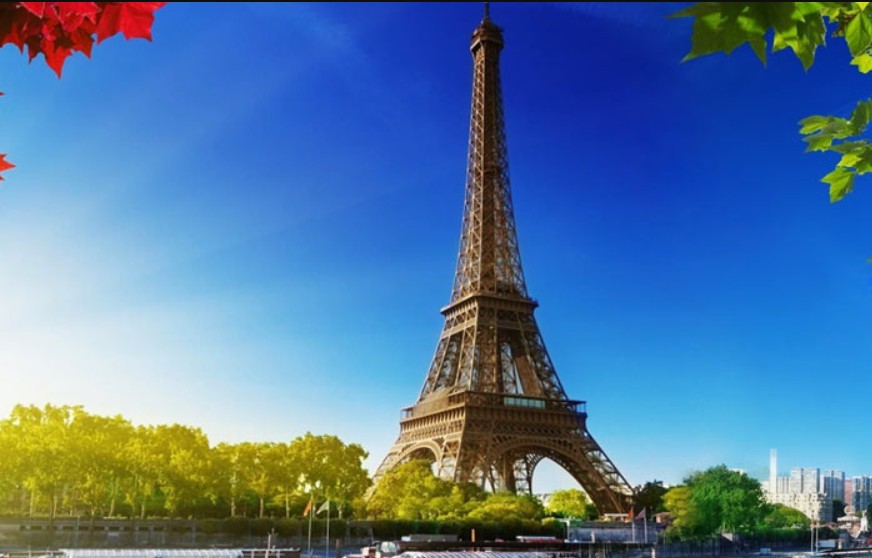
Housing is not a formality
Relocation is not possible without a confirmed place to live. A hotel booking or short-term accommodation is usually not enough.
Applicants are expected to show that they:
- have secured long-term rental housing;
- own property in France;
- or will legally reside with a host who can provide accommodation.
This is one of the most closely examined aspects of the application — and one of the most common reasons for refusal.
Healthcare: private coverage first
At the time of application, retirees must hold private health insurance valid in France and covering essential medical risks. This requirement is non-negotiable.
Access to France’s public healthcare system may become possible after a period of legal residence, but this depends on individual circumstances, length of stay, and administrative status. It is not automatic.
What the process usually looks like
Moving to France is rarely a single step. More often, it unfolds as a sequence:
- applying for a long-stay visa in the country of residence;
- entering France;
- completing administrative registration;
- residing legally for the duration of the visa;
- applying for renewal.
The initial status is typically granted for up to one year. Continued residence depends on meeting the same conditions.
Restrictions people often overlook
Living in France under a visitor visa comes with clear limitations:
- working in France is prohibited;
- income from French sources is not allowed;
- social benefits are not part of this status.
These are not temporary inconveniences, but core conditions of residence.
Looking further ahead
Long-term legal residence can, over time, open the door to a more permanent status, such as long-term residency. In theory, citizenship may also be possible, though it requires meeting additional criteria, including language proficiency and integration.
For many retirees, however, the goal is simpler: to live quietly and legally, without having to change status every few months.
Moving to France after retirement is not about a special programme or age-based privilege. It is a question of preparation, financial resources, and understanding the rules. For those with stable income and no intention to work, France offers a lawful and relatively predictable way to settle long-term.
No promises of shortcuts — but no closed doors either.
Travel/Tourism
Trump Slams Partial Travel Ban on Nigeria, Others Over Security Concerns
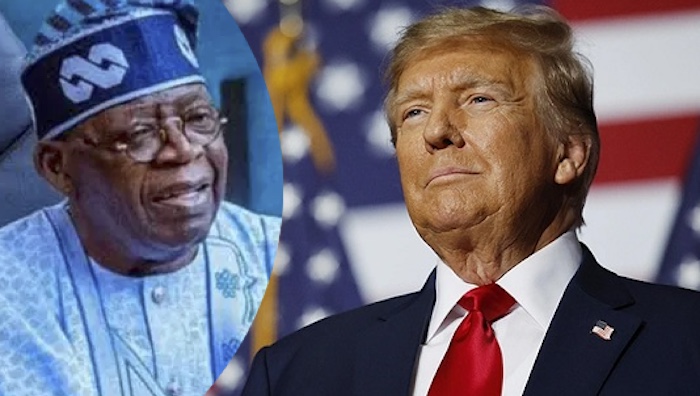
By Adedapo Adesanya
The United States President Donald Trump has imposed a partial travel restriction on Nigeria, as part of a series of new actions, citing security concerns.
The latest travel restriction will affect new Nigerians hoping to travel to the US, as it cites security concerns and difficulties in vetting nationals.
The travel restrictions also affect citizens of other African as well as Black-majority Caribbean nations.
This development comes months after the American President threatened to invade the country over perceived persecution against Christians.
President Trump had already fully banned the entry of Somalis as well as citizens of Afghanistan, Chad, Republic of the Congo, Equatorial Guinea, Eritrea, Haiti, Iran, Libya, Myanmar, Sudan, and Yemen.
The countries newly subject to partial restrictions, besides Nigeria, are Angola, Antigua and Barbuda, Benin, Dominica, Gabon, The Gambia, Ivory Coast, Malawi, Mauritania, Senegal, Tanzania, Tonga, Zambia and Zimbabwe.
Angola, Senegal and Zambia have all been prominent US partners in Africa, with former president Joe Biden hailing the three for their commitment to democracy.
In the proclamation, the White House alleged high crime rates from some countries on the blacklist and problems with routine record-keeping for passports.
The White House acknowledged “significant progress” by one initially targeted country, Turkmenistan.
The Central Asian country’s nations will once again be able to secure US visas, but only as non-immigrants.
The US president, who has long campaigned to restrict immigration and has spoken in increasingly strident terms, moved to ban foreigners who “intend to threaten” Americans, the White House said.
He also wants to prevent foreigners in the United States who would “undermine or destabilize its culture, government, institutions or founding principles,” a White House proclamation said.
Other countries newly subjected to the full travel ban came from some of Africa’s poorest countries — Burkina Faso, Mali, Niger, Sierra Leone and South Sudan — as well as Laos in southeast Asia.
-

 Feature/OPED6 years ago
Feature/OPED6 years agoDavos was Different this year
-
Travel/Tourism9 years ago
Lagos Seals Western Lodge Hotel In Ikorodu
-

 Showbiz3 years ago
Showbiz3 years agoEstranged Lover Releases Videos of Empress Njamah Bathing
-

 Banking8 years ago
Banking8 years agoSort Codes of GTBank Branches in Nigeria
-

 Economy3 years ago
Economy3 years agoSubsidy Removal: CNG at N130 Per Litre Cheaper Than Petrol—IPMAN
-

 Banking3 years ago
Banking3 years agoFirst Bank Announces Planned Downtime
-

 Banking3 years ago
Banking3 years agoSort Codes of UBA Branches in Nigeria
-

 Sports3 years ago
Sports3 years agoHighest Paid Nigerian Footballer – How Much Do Nigerian Footballers Earn





